Training does not require love at first sight. It requires action. Methodical work on oneself, the formula “do → feel → engage.” Getting used to physical activity is like adapting to a new taste — it’s unfamiliar at first, then becomes necessary. This is where the essence lies: to love sports means to create a strong neural connection between action and pleasure, without violence towards oneself.
Mechanism of Aversion: Why Sports Repel
Rejection arises from an incorrect starting point. Often the choice of workouts is made against the backdrop of guilt, social media pressure, or the desire to fit in. None of this gives a chance to love the process. The formula for failure is simple: lack of motivation for sports + inappropriate workout format = burnout.
The mistake is to ignore one’s own biorhythms. A study by the University of Toronto (2020) proved that morning workouts increase endurance by 27% for “larks” and decrease it by 19% for “owls.” Biological clocks dictate the rhythm of metabolism, peak activity, and even pain response. Ignoring this aspect reduces effectiveness to zero.
How to Love Workouts as a Habit
To love sports means to integrate it into the structure of habits. And habit = repetition + reward. It is important to make workouts part of the standard schedule, like brushing teeth.
Components of sustainable engagement:
- Start with a minimum. Just 7 minutes of exercise per day are enough to reduce cortisol levels and reinforce a positive association.
- Clothing as an anchor. Comfortable sportswear tailored to the type of movement (e.g., compression leggings for crossfit) increases the likelihood of working out by 43%, according to NikeLab’s report.
- Format “not by force.” The optimal option is dynamic walking for 30 minutes a day. This is a full-fledged physical activity that boosts metabolism by 19% without overexertion.
- Role of environment. Joint workouts with friends increase the chances of regularity by 2.4 times. Support enhances internal motivation.
- Digital progress tracking. Using trackers records micro-successes and activates the dopamine reward system. A person strives to replicate the result.
Implementing these elements sequentially turns a workout into an automated ritual that does not require extra effort to start. This system forms a stable emotional connection with movement and gradually eliminates resistance.
Discipline Instead of Inspiration
The erroneous approach is to wait for motivation. It is more effective to instill discipline through repeated actions. Energy follows action, not the other way around. Starting to exercise correctly means not seeking inspiration but planning. For example, a daily 20-minute schedule with a specific time and format reduces the entry barrier and activates the brain to perform the task.
The coach acts as an external driver in this process. Having a mentor increases accountability and helps adjust the workload. A study by the Harvard School of Public Health recorded a 39% increase in motivation among participants who trained with a curator.
Finding Time for Sports in a Busy Schedule
The statement “no time” is a form of self-deception. Time is not found, it is allocated. Incorporating sports into the routine requires analyzing access points — pauses during the day.
For example:
- 12 minutes during lunch break for stretching;
- 20 minutes before bedtime for home strength training;
- 15 minutes before work for active walking instead of using transportation.
This format makes physical activity a part of life without causing overload. A study by the University of Zurich showed that distributed short workouts have a similar effect to hour-long sessions in terms of VO2max and insulin sensitivity.
Long-Term Benefit: How to Love Sports Through Results
It is difficult to maintain engagement without visible changes. Therefore, it is important to track not only external progress but also functional parameters.
Results include:
- Strength improvement: pull-ups, presses, planks.
- Mood enhancement: stable serotonin levels after 4 weeks of activity.
- Reduction in anxiety: data from the Center for Behavioral Medicine (USA) showed a 28% decrease in anxiety levels after 21 days of regular exercise.
These indicators make progress tangible and measurable — this sustains motivation in the long run. When the body and mind respond with improvement, sports become a natural need. Thus, physical activity ceases to be a task and becomes an investment habit with high returns in quality of life.
Debunking Laziness: Why “Don’t Want To” Is Not a Reason
Laziness is a symptom, not a diagnosis. Often, it signals saturation, burnout, or goal incongruence. In such cases, a format adjustment is necessary. For example, switching from the gym to outdoor cardio where not only the body but also the vestibular system is engaged.
Nutrition also affects the desire for movement. Lack of protein and excess sugar suppress dopamine response. A diet tailored to workout schedules and coordinated with a dietitian stabilizes energy levels. Sustainable eating behavior maintains the urge to move effortlessly.
Effective Ways to Love Sports
There is no magic pill. But there is a system supported by behavioral research and practice. When actions are reinforced by goals, triggers, and analytics, workouts become part of daily logic, not a random attempt to start over.
Universal engagement system:
- Set a goal. Not “lose weight,” but “reduce body fat by 5% by October 1st.”
- Anchor the action. Link the workout to an anchor (e.g., coffee → warm-up).
- Choose a direction. Not just “exercise,” but “master TRX or fitness gymnastics.”
- Set a deadline. A 30-day challenge provides a clear timeframe and visible finish line.
- Include analytics. Keep a progress chart, analyze, adjust.
This approach transforms sports from an abstract task into a manageable project with specific steps and measurable results. Each element of the system eliminates chaos, replacing it with a clear strategy and a point of reference in actions.
How to Love Sports
How to instill a love for workouts is not a question of inspiration but the result of consistent choices. The approach of “engage through practice” yields a stable effect. Movement is the basis of vitality, neurogenesis, and emotional stability.
Fitness as a form of responsibility to the body initiates a holistic process. From attention to exercises to a focus on health, from tracking progress to changing mindset. Physical activity ceases to be a separate part of life; it becomes its infrastructure.
How to Love Sports: Conclusions
Workouts are not just a program point but a system of internal standards. Energy level, reaction speed, focus, hormonal balance, stress regulation — all metrics of quality life depend directly on regular exercise. To love sports means to start this cascade, begin with small steps, and allow action to change perception.



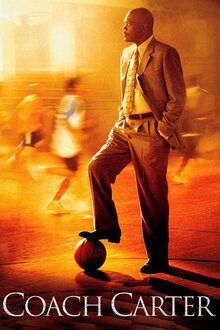
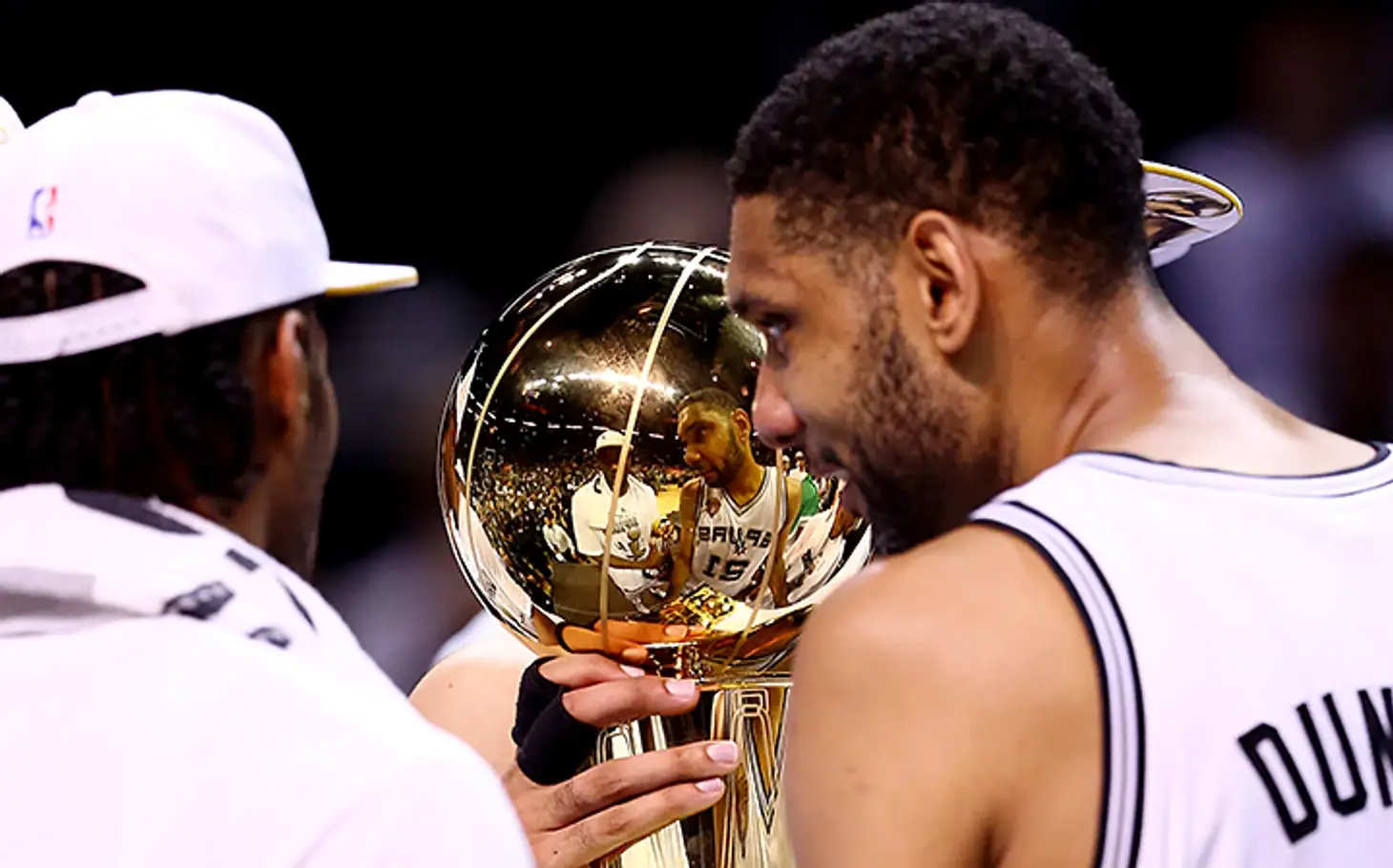
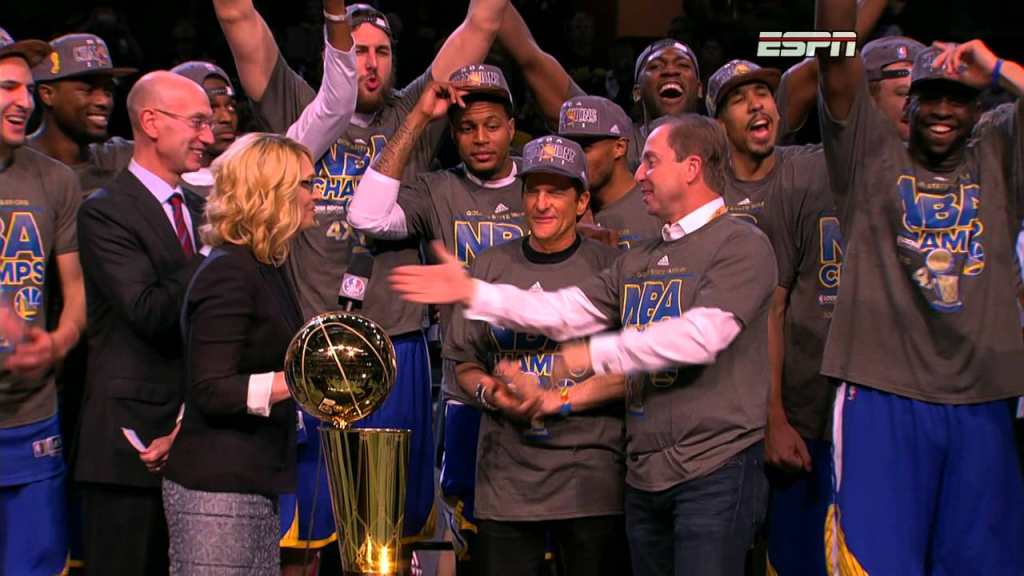 The Larry O’Brien Cup is 60 cm tall, weighs approximately 6.5 kg, and is made of sterling silver with 24-karat gold plating. The top of the trophy is designed as a stylized basketball heading toward a hoop with a shield. The shape emphasizes the dynamics of the game and visually captures the moment of triumph.
The Larry O’Brien Cup is 60 cm tall, weighs approximately 6.5 kg, and is made of sterling silver with 24-karat gold plating. The top of the trophy is designed as a stylized basketball heading toward a hoop with a shield. The shape emphasizes the dynamics of the game and visually captures the moment of triumph. No other sports award evokes such a concentration of emotion and attention to detail as the Larry O’Brien Trophy. Winning the NBA Finals isn’t just about a trophy, but also a test of maturity, leadership, strategy, and competitive spirit. This award isn’t for flashes of inspiration – it requires long-term sustainability. That’s why every season represents a new attempt, and every championship moment remains in history as the culmination not just of a season, but of an entire era.
No other sports award evokes such a concentration of emotion and attention to detail as the Larry O’Brien Trophy. Winning the NBA Finals isn’t just about a trophy, but also a test of maturity, leadership, strategy, and competitive spirit. This award isn’t for flashes of inspiration – it requires long-term sustainability. That’s why every season represents a new attempt, and every championship moment remains in history as the culmination not just of a season, but of an entire era.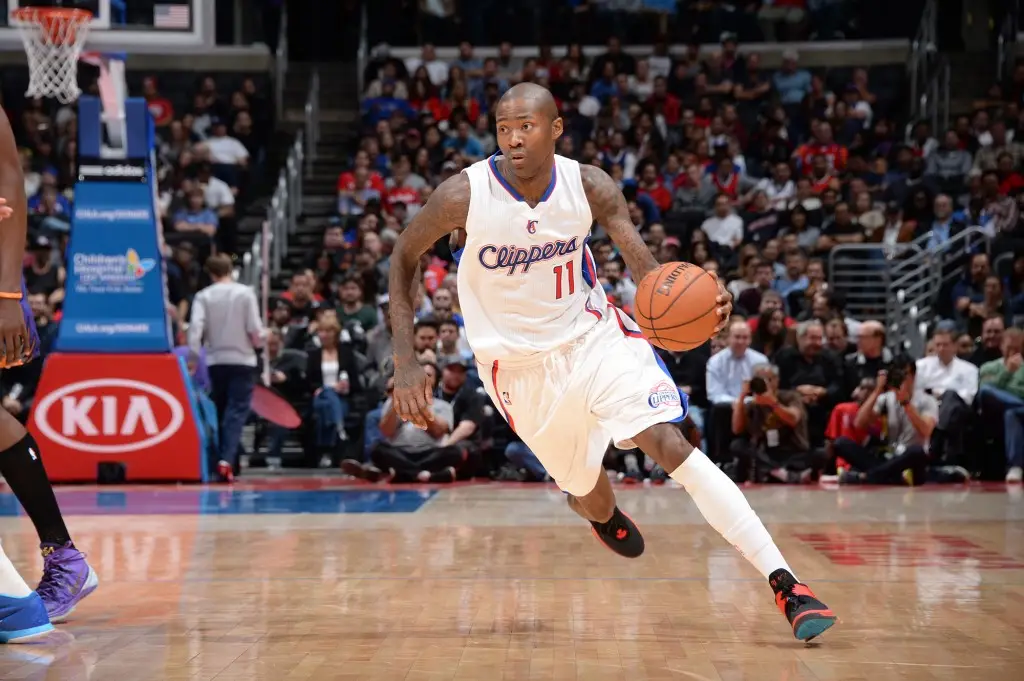
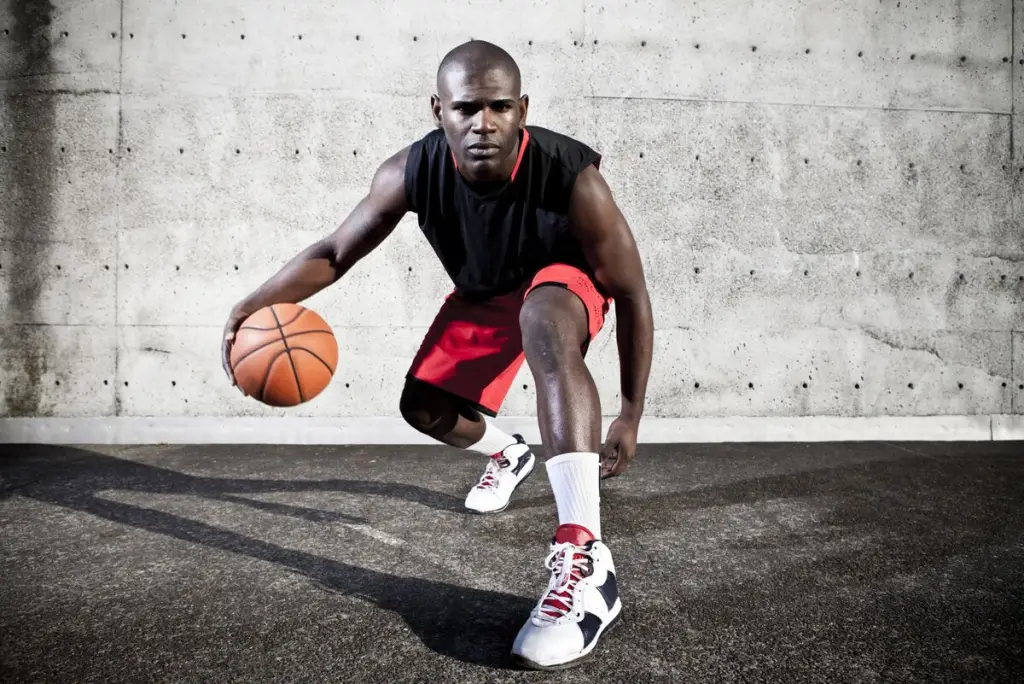 Learning to dribble means mastering the movement with the ball without losing control. Eye contact is paramount. The eyes don’t follow the ball; they look forward. This provides a better overview and facilitates decision-making. Dribbling a basketball requires adaptive control: the ball bounces to a height just below the waist, with the amplitude varying depending on the speed.
Learning to dribble means mastering the movement with the ball without losing control. Eye contact is paramount. The eyes don’t follow the ball; they look forward. This provides a better overview and facilitates decision-making. Dribbling a basketball requires adaptive control: the ball bounces to a height just below the waist, with the amplitude varying depending on the speed. Knowing how to dribble is a skill that impacts your playing style, confidence, and performance. Leading shifts from mechanics to strategy. It sets the rhythm, creates space, and shapes the initiative. Dribbling becomes the language with which a player communicates his intentions to teammates and opponents. Systematic training, attention to technique, body control, and adaptation to defense are essential elements of the path.
Knowing how to dribble is a skill that impacts your playing style, confidence, and performance. Leading shifts from mechanics to strategy. It sets the rhythm, creates space, and shapes the initiative. Dribbling becomes the language with which a player communicates his intentions to teammates and opponents. Systematic training, attention to technique, body control, and adaptation to defense are essential elements of the path.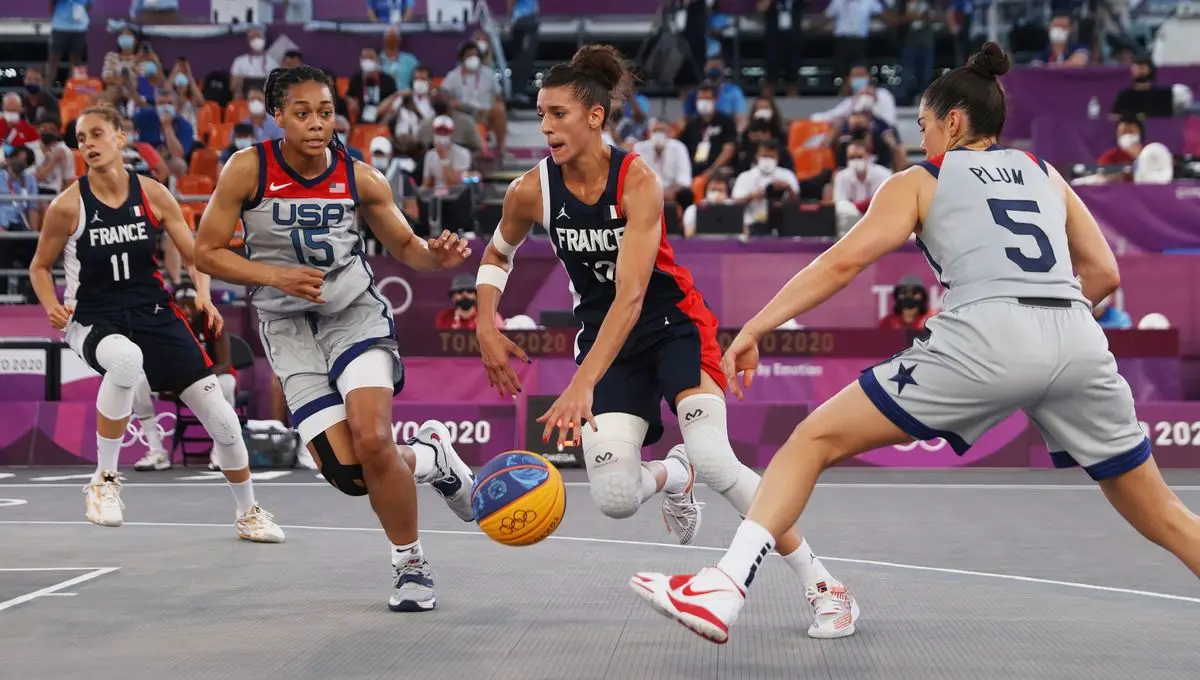
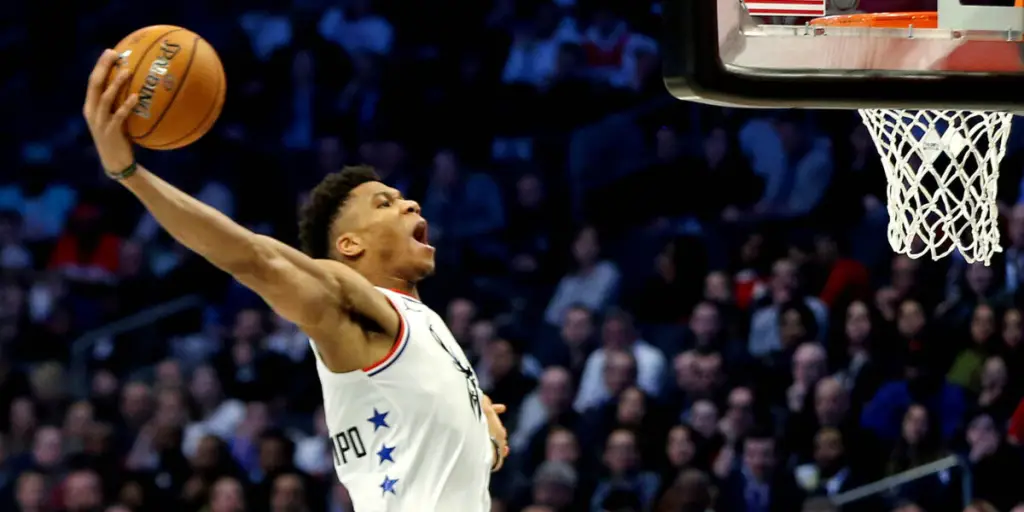 To understand how the NBA works, you have to imagine the season as a sequence of three phases: the regular season, the playoffs, and the Finals. Each team plays 82 games, earns points, and establishes a standings.
To understand how the NBA works, you have to imagine the season as a sequence of three phases: the regular season, the playoffs, and the Finals. Each team plays 82 games, earns points, and establishes a standings.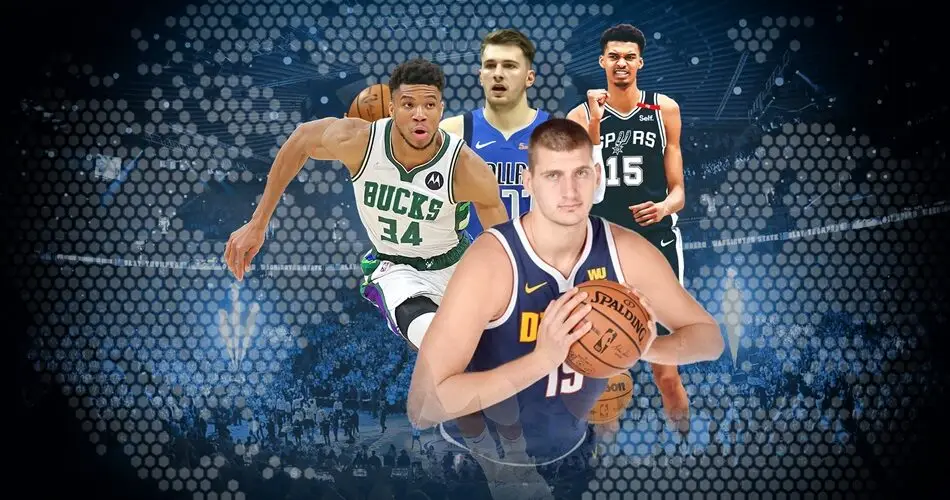 The National Basketball Association is more than just a sports organization. It’s a cultural code. A synthesis of sports, showmanship, business, emotions, and meaning. What is the NBA? A story about dribbling and passion, about statistics and inspiration. Basketball has long since ceased to be a game with a basket. It has become a stage where legends unfold.
The National Basketball Association is more than just a sports organization. It’s a cultural code. A synthesis of sports, showmanship, business, emotions, and meaning. What is the NBA? A story about dribbling and passion, about statistics and inspiration. Basketball has long since ceased to be a game with a basket. It has become a stage where legends unfold.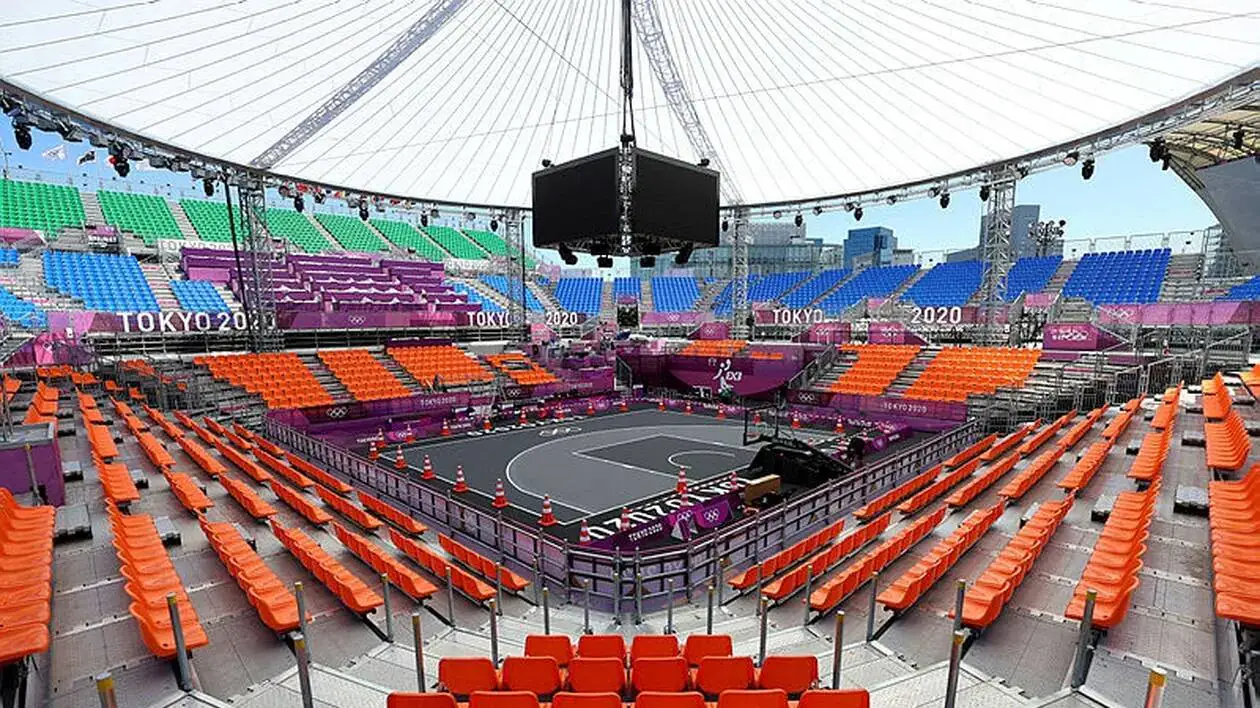
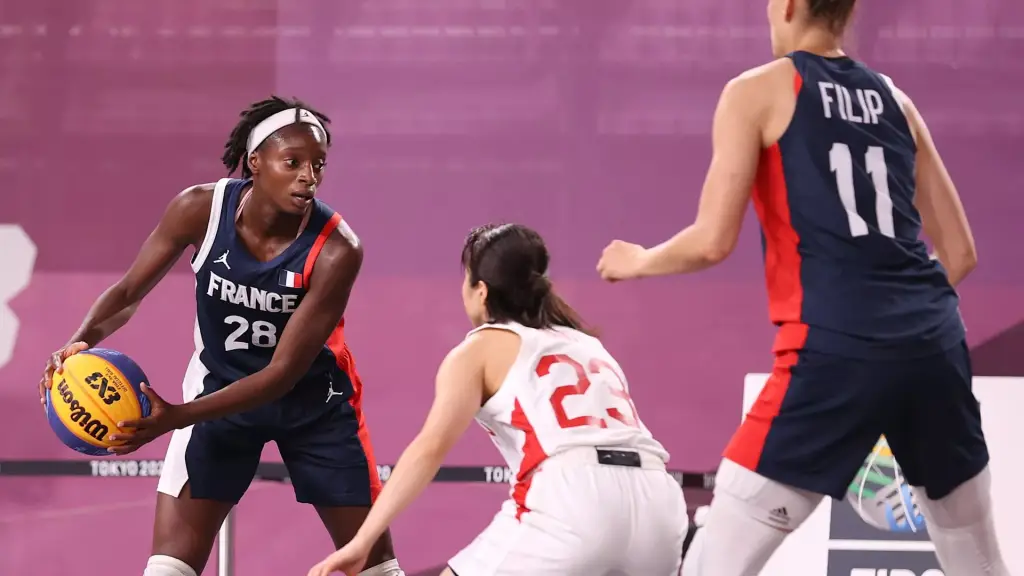 The format has strict rules. The basic rules make it easy to understand, but hard to play.
The format has strict rules. The basic rules make it easy to understand, but hard to play.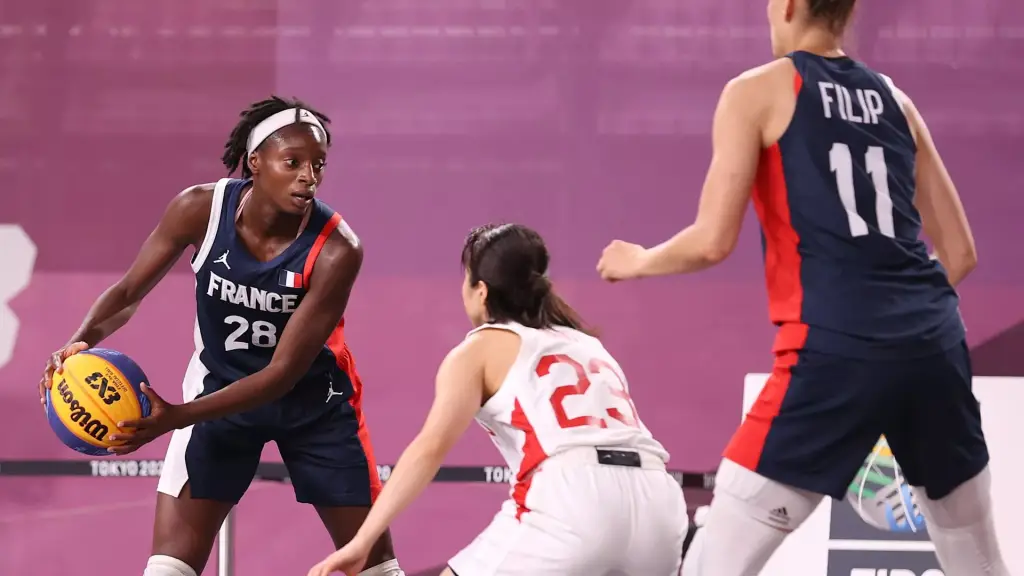 The rules of 3-on-3 basketball shape a game in which there is no time to warm up. Every possession carries a risk, every second influences the outcome. Players must demonstrate physical fitness, technical precision and tactical maturity. Dynamism replaces strategy, density replaces variability. This format requires not only athletic strength but also mental concentration. The team that acts precisely, quickly and coolly wins.
The rules of 3-on-3 basketball shape a game in which there is no time to warm up. Every possession carries a risk, every second influences the outcome. Players must demonstrate physical fitness, technical precision and tactical maturity. Dynamism replaces strategy, density replaces variability. This format requires not only athletic strength but also mental concentration. The team that acts precisely, quickly and coolly wins.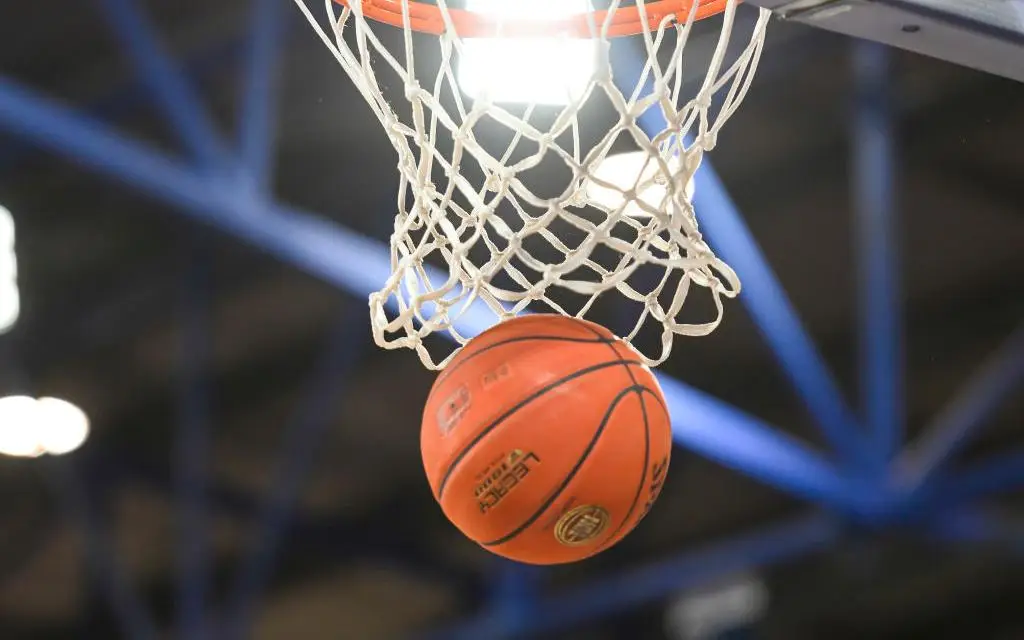
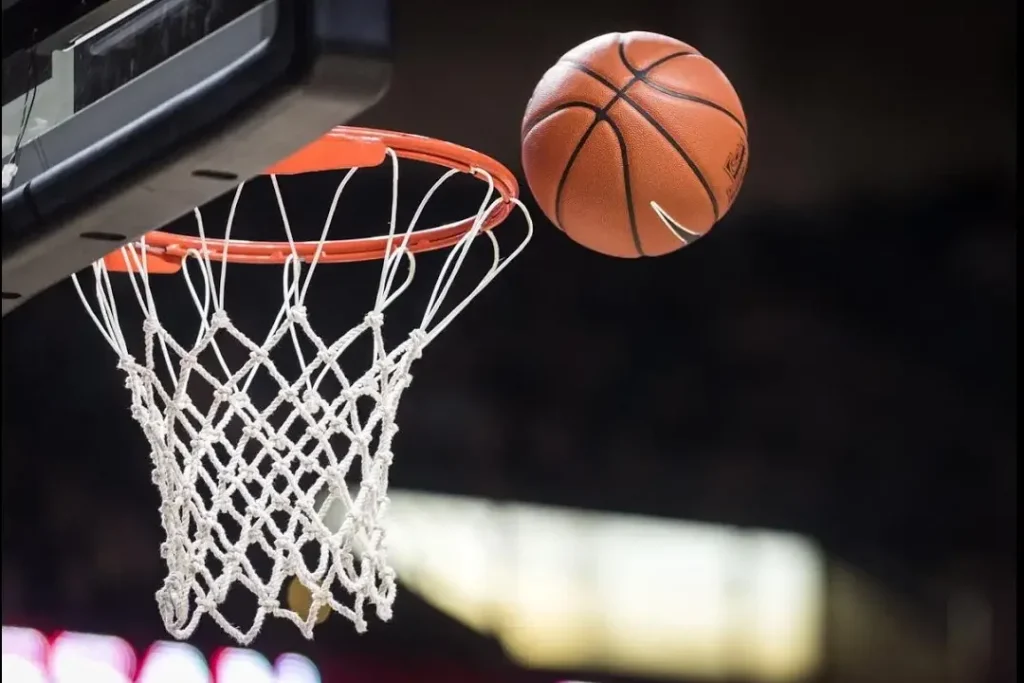 Rhythmic acceleration and interval training increase the heart rate, stabilise blood pressure and improve blood circulation in the tissues. In this respect, the effect of basketball on the body is based on cyclical tension and relaxation, which strengthens the heart and increases the elasticity of the blood vessels.
Rhythmic acceleration and interval training increase the heart rate, stabilise blood pressure and improve blood circulation in the tissues. In this respect, the effect of basketball on the body is based on cyclical tension and relaxation, which strengthens the heart and increases the elasticity of the blood vessels.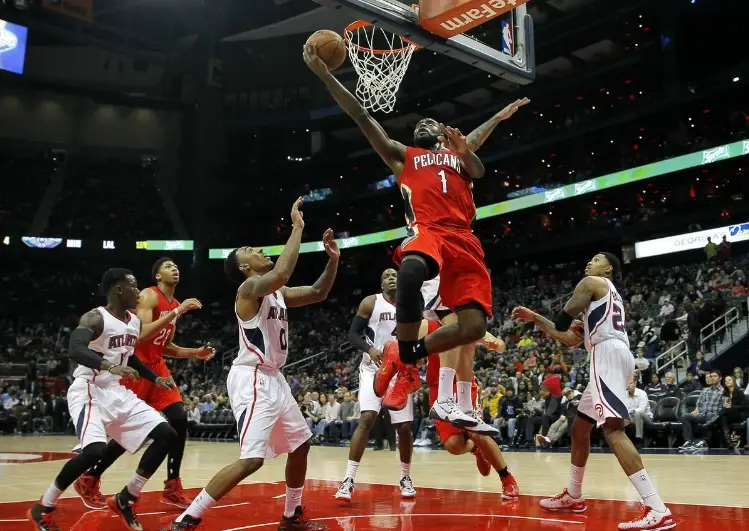 The effects of basketball on the body are noticeable in several areas: physique, endurance, psychology and social interaction. Every training session changes the internal structure – from microvessels to behavioural strategies. This is the most important answer to the question of why one should start playing.
The effects of basketball on the body are noticeable in several areas: physique, endurance, psychology and social interaction. Every training session changes the internal structure – from microvessels to behavioural strategies. This is the most important answer to the question of why one should start playing.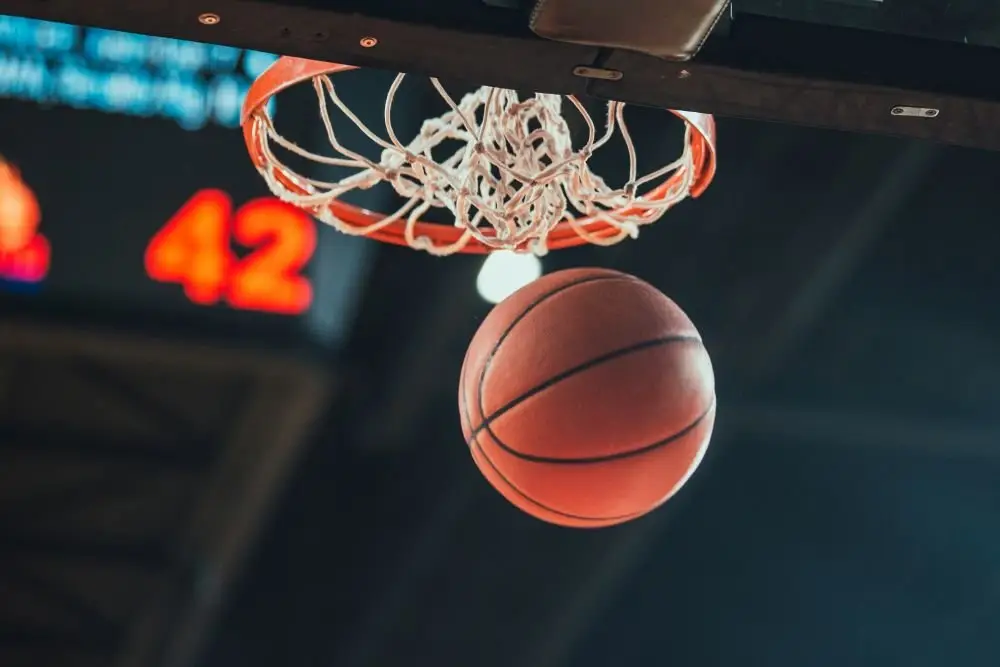
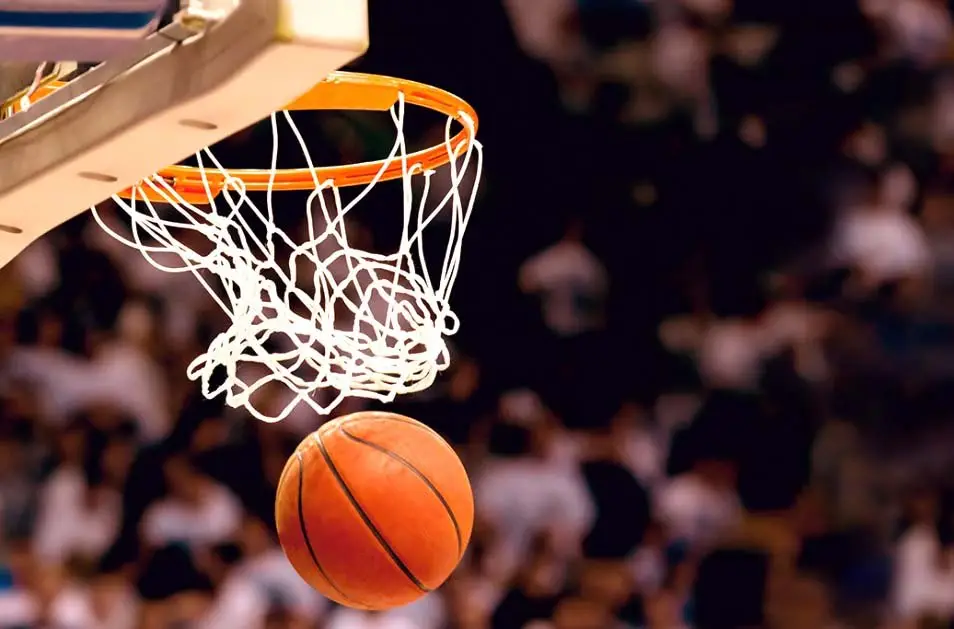 From the structure of the square depends on the type of attribute. The division is divided into two classes: Basketball for the street and for the hall. The first requires resistance to asphalt, the second – toughness with the parquet. Materials:
From the structure of the square depends on the type of attribute. The division is divided into two classes: Basketball for the street and for the hall. The first requires resistance to asphalt, the second – toughness with the parquet. Materials: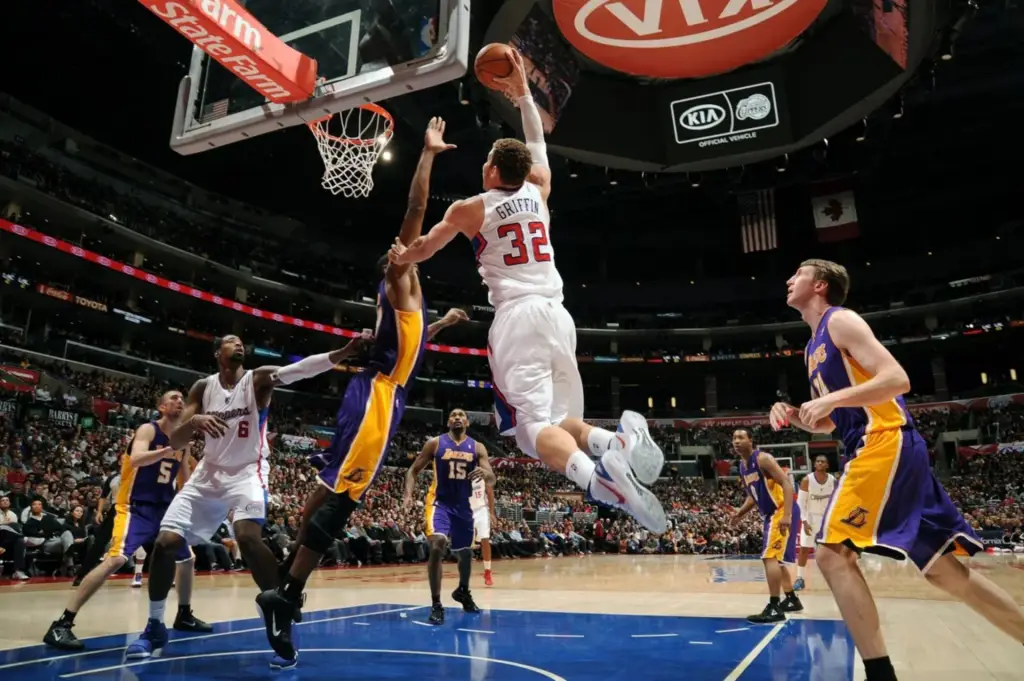 Technique, tactics, speed – everything is meaningless without the basic tools. The choice of basketball has a direct impact on training efficiency, joint safety, quality of control and enjoyment of the game. The choice of size, cover, grip and balance are the foundation. Professional players test dozens of models to find ‘their’ ball. For amateurs, it is enough to follow the basic principles and every throw will be more precise.
Technique, tactics, speed – everything is meaningless without the basic tools. The choice of basketball has a direct impact on training efficiency, joint safety, quality of control and enjoyment of the game. The choice of size, cover, grip and balance are the foundation. Professional players test dozens of models to find ‘their’ ball. For amateurs, it is enough to follow the basic principles and every throw will be more precise.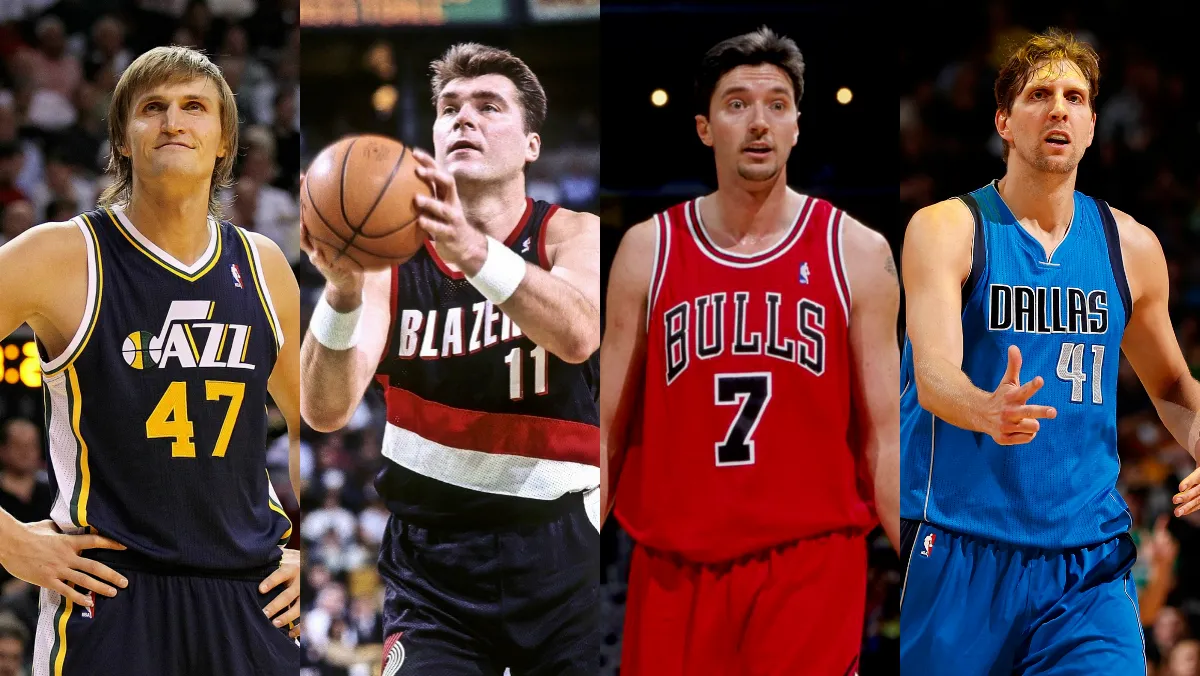
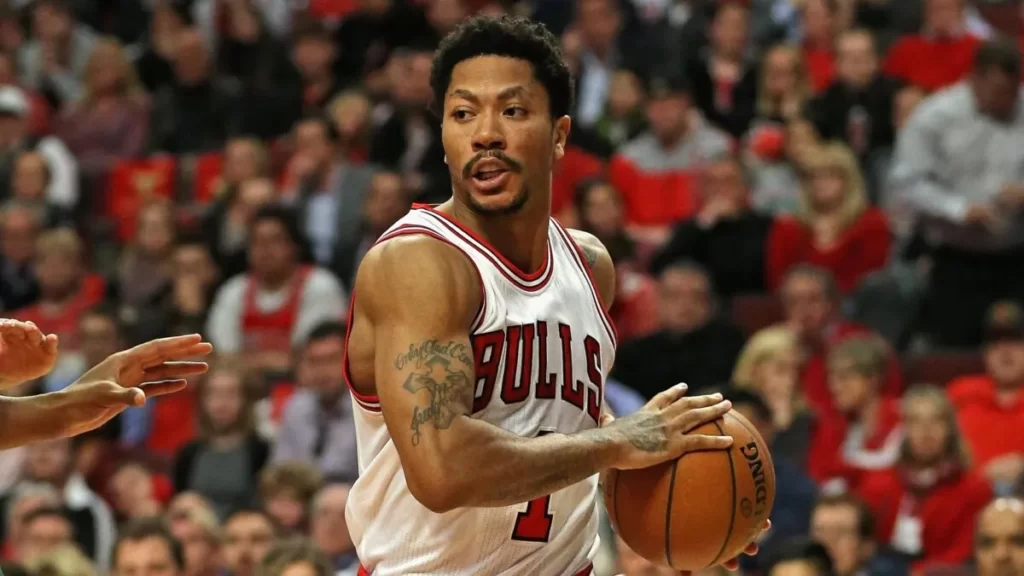 Jamal Crawford is known for his creative style of play, making him one of the most spectacular basketball players in history. Playing for nine teams, including the Chicago Bulls and the Los Angeles Clippers, he demonstrated the ability to change the outcome of games. His dribbling, which incorporates elements of streetball technique, and his unpredictable movements around the court captured the attention of millions of fans.
Jamal Crawford is known for his creative style of play, making him one of the most spectacular basketball players in history. Playing for nine teams, including the Chicago Bulls and the Los Angeles Clippers, he demonstrated the ability to change the outcome of games. His dribbling, which incorporates elements of streetball technique, and his unpredictable movements around the court captured the attention of millions of fans.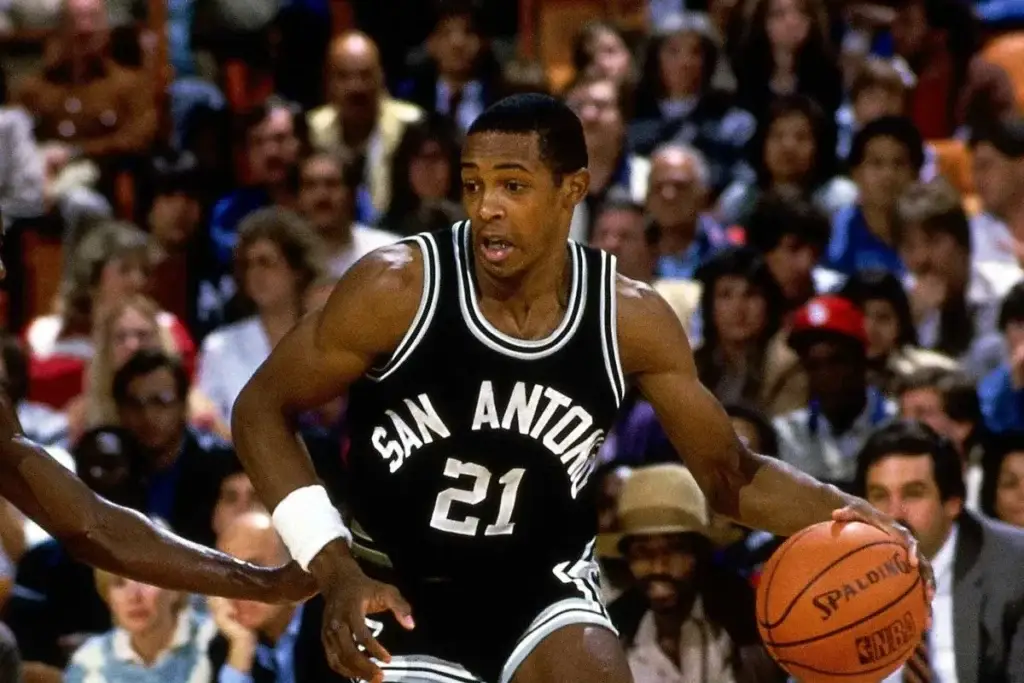 Basketball isn’t just about the stars whose names are on everyone’s lips. The NBA’s most underrated players have proven that their contributions are just as significant. These athletes not only achieved outstanding results but also became role models for future generations, showing that it’s possible to shine even in the shadows.
Basketball isn’t just about the stars whose names are on everyone’s lips. The NBA’s most underrated players have proven that their contributions are just as significant. These athletes not only achieved outstanding results but also became role models for future generations, showing that it’s possible to shine even in the shadows.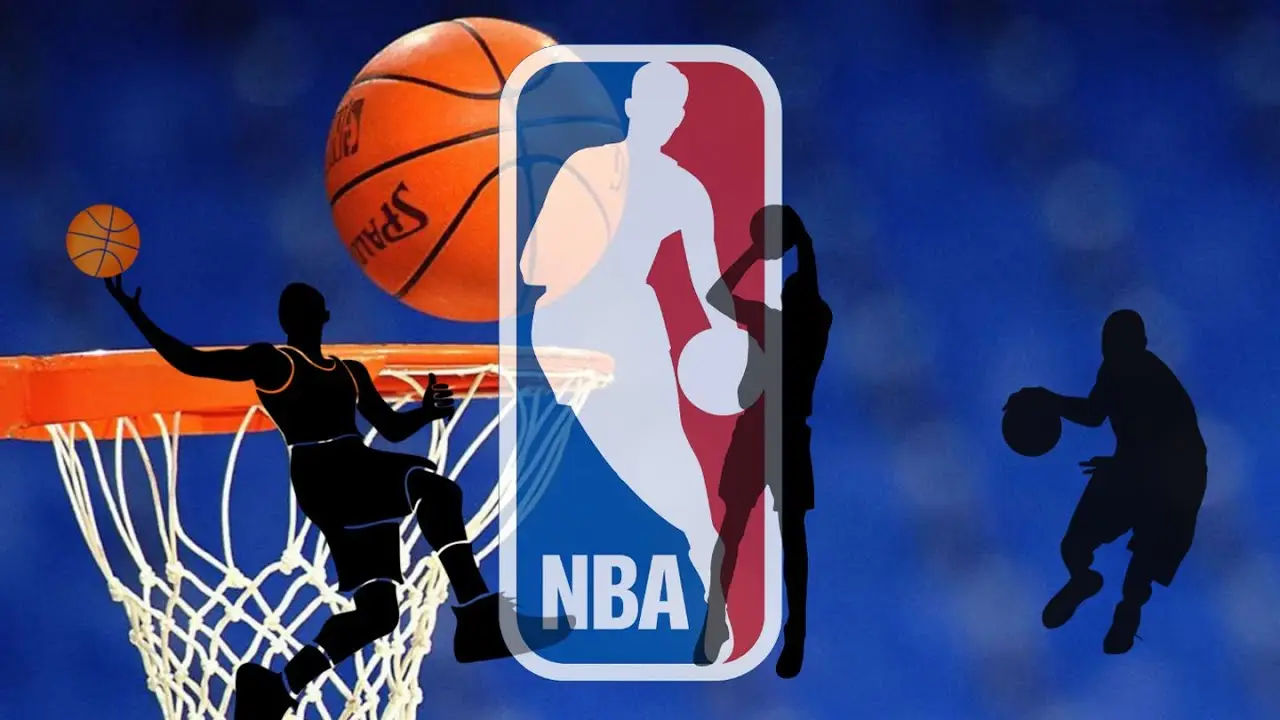
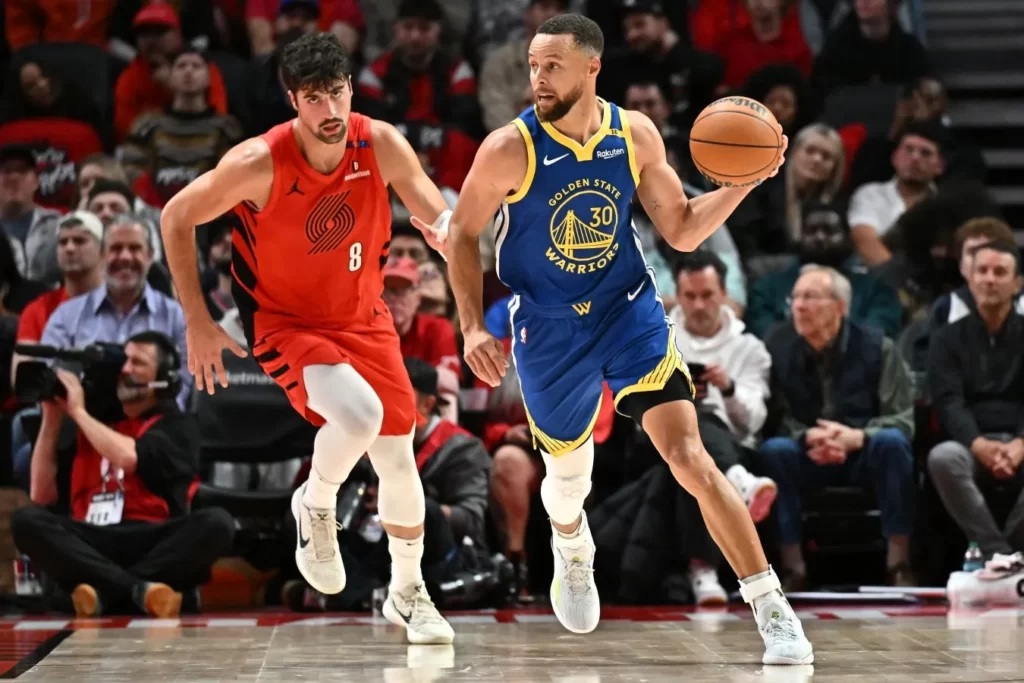 The NBA differs from other basketball leagues not only in its level, but also in its rules. NBA games are played in four quarters of 12 minutes each, whereas in most other leagues, e.g. FIBA, the quarters last 10 minutes. Another important difference is the ‘3-second rule’, which prohibits a player from staying in the zone under the basket for more than three seconds unless he is defending an opponent.
The NBA differs from other basketball leagues not only in its level, but also in its rules. NBA games are played in four quarters of 12 minutes each, whereas in most other leagues, e.g. FIBA, the quarters last 10 minutes. Another important difference is the ‘3-second rule’, which prohibits a player from staying in the zone under the basket for more than three seconds unless he is defending an opponent.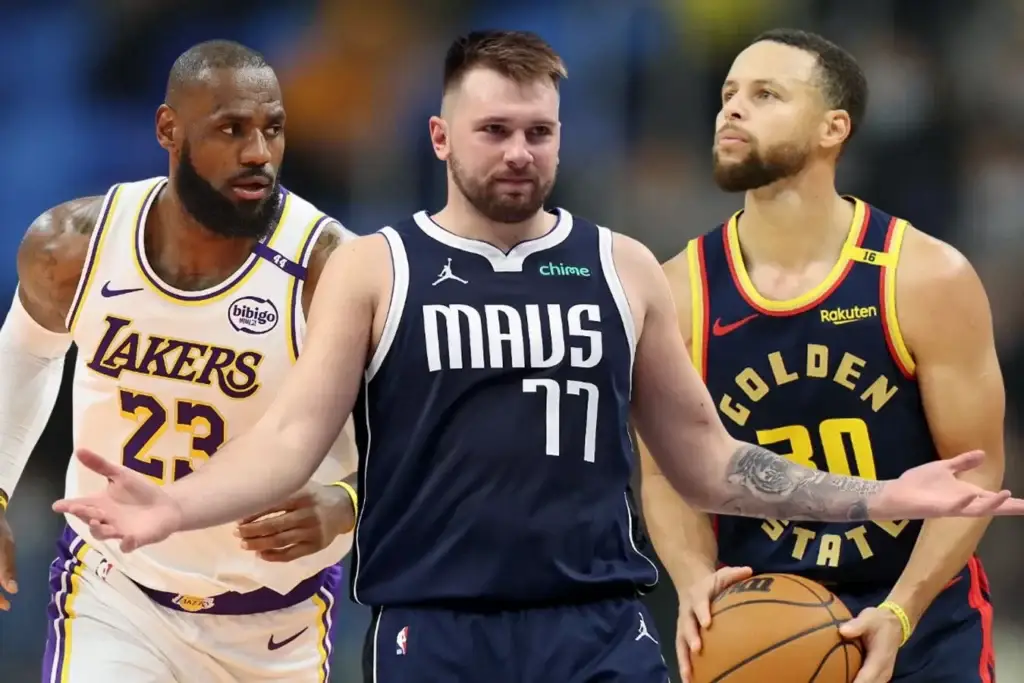 The NBA is a movement, a culture of basketball and a source of inspiration for millions of people around the world. The NBA unites not only the best athletes, but also those who dream of more, who strive for the top despite all difficulties.
The NBA is a movement, a culture of basketball and a source of inspiration for millions of people around the world. The NBA unites not only the best athletes, but also those who dream of more, who strive for the top despite all difficulties.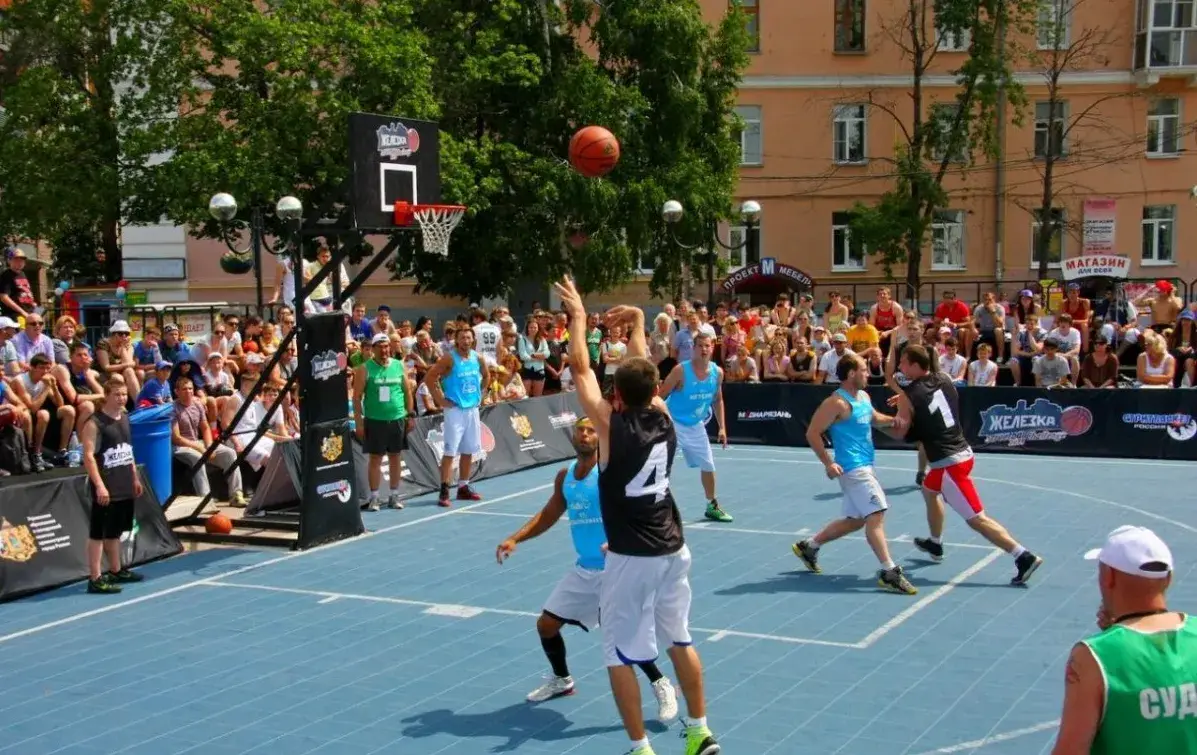
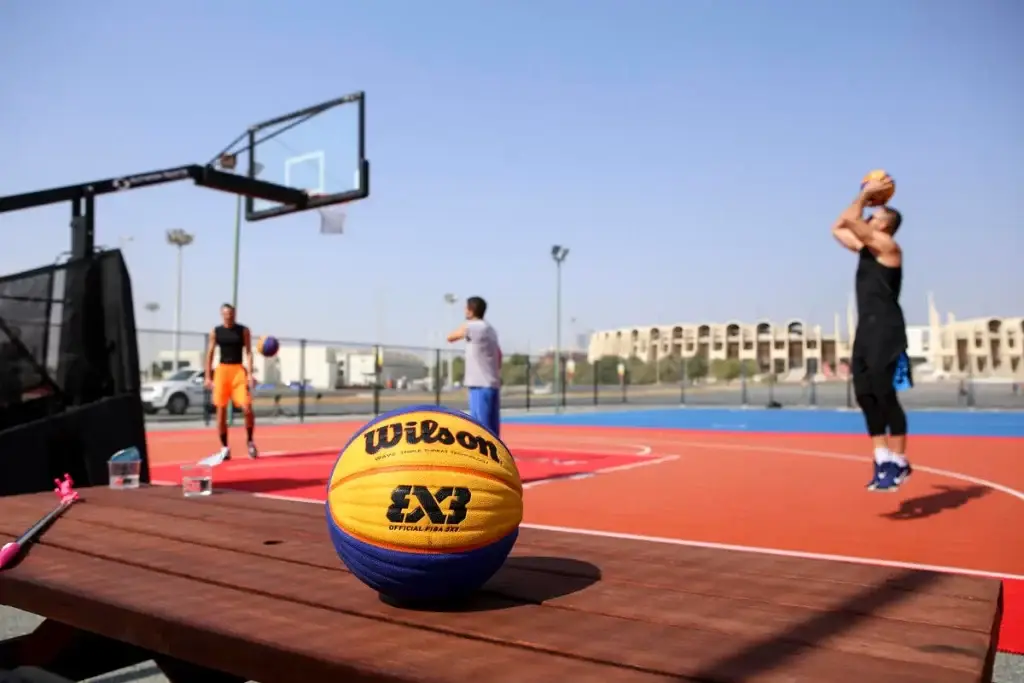 Fouls in streetball play an important role in regulating player behaviour and adherence to the rules. It is particularly important to maintain the spirit of the game and avoid roughness on the pitch.
Fouls in streetball play an important role in regulating player behaviour and adherence to the rules. It is particularly important to maintain the spirit of the game and avoid roughness on the pitch.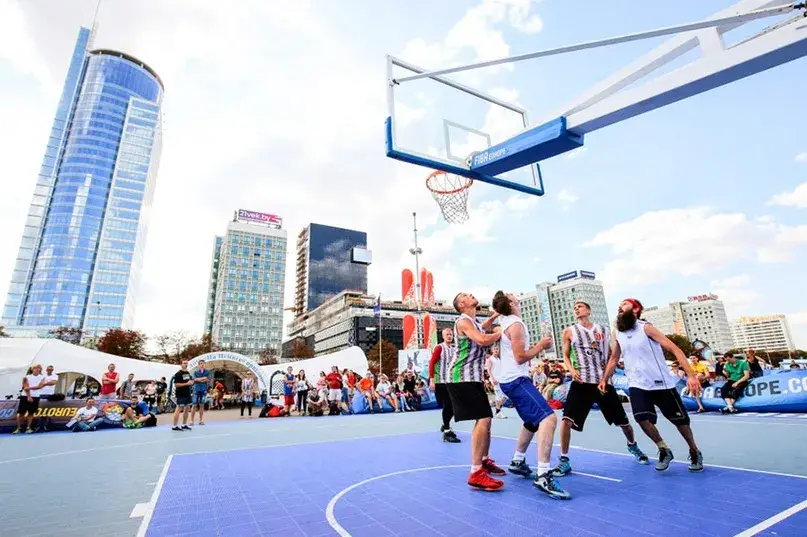 The rules of street basketball define its uniqueness and accessibility for all. Street basketball combines democracy, excitement and strategic depth, making it ideal for amateurs and professionals alike. Learning the rules and putting them into practice not only helps to improve skills but also physical fitness.
The rules of street basketball define its uniqueness and accessibility for all. Street basketball combines democracy, excitement and strategic depth, making it ideal for amateurs and professionals alike. Learning the rules and putting them into practice not only helps to improve skills but also physical fitness.





